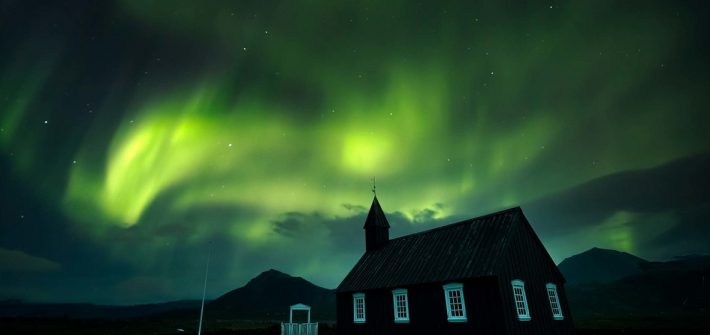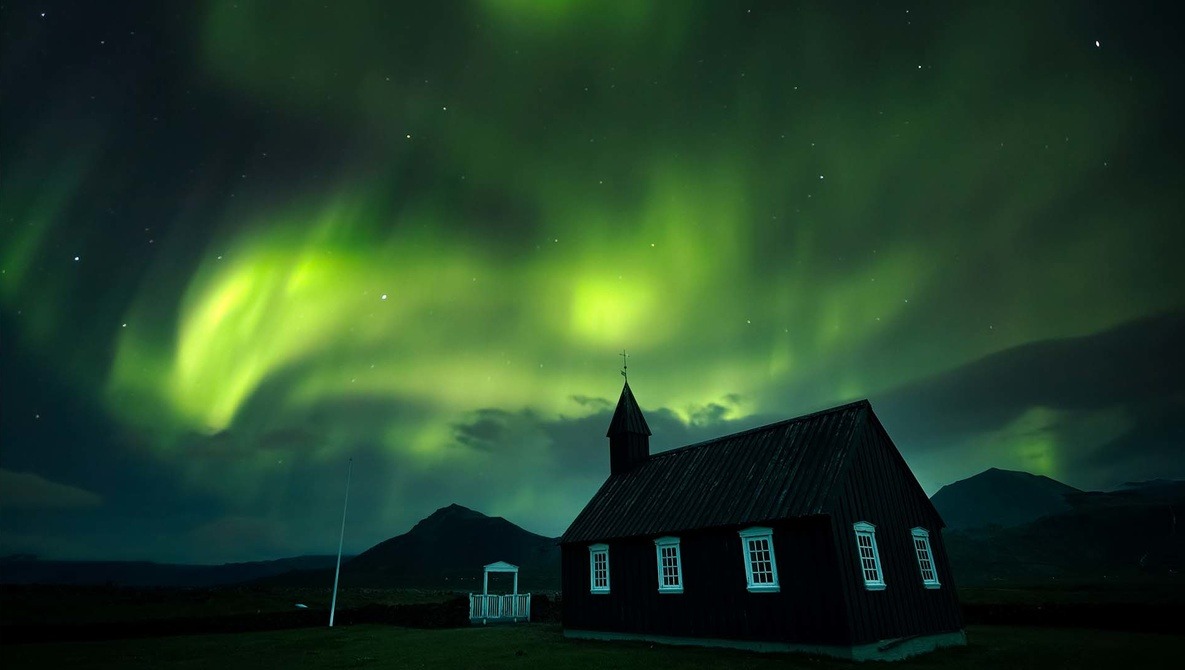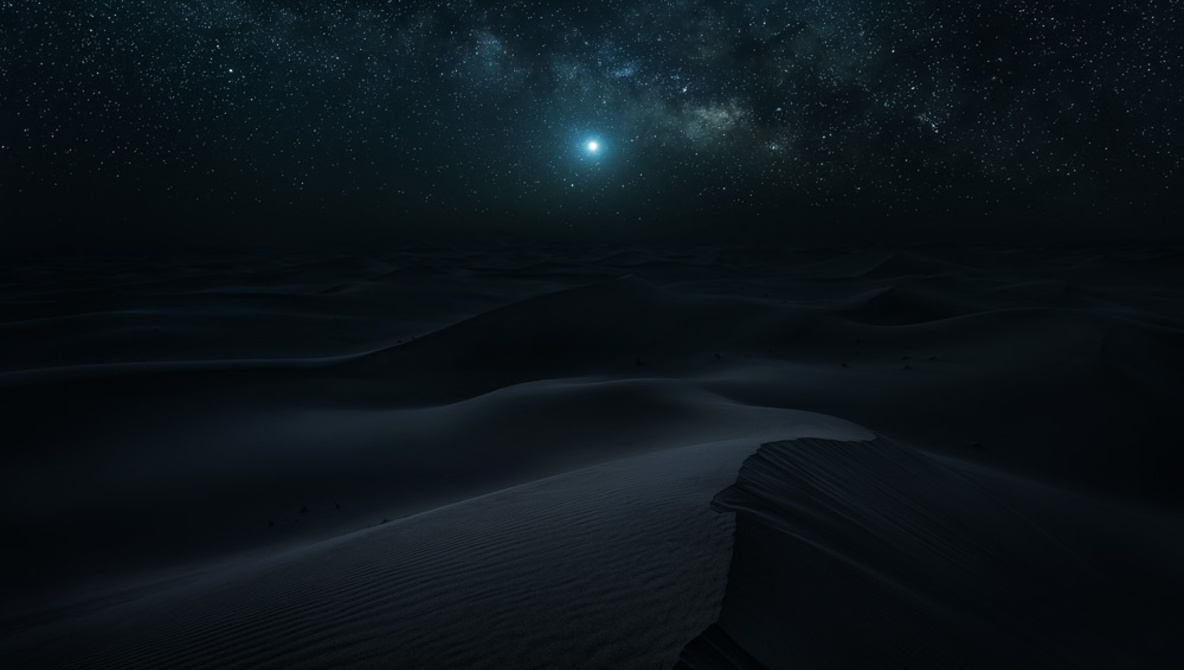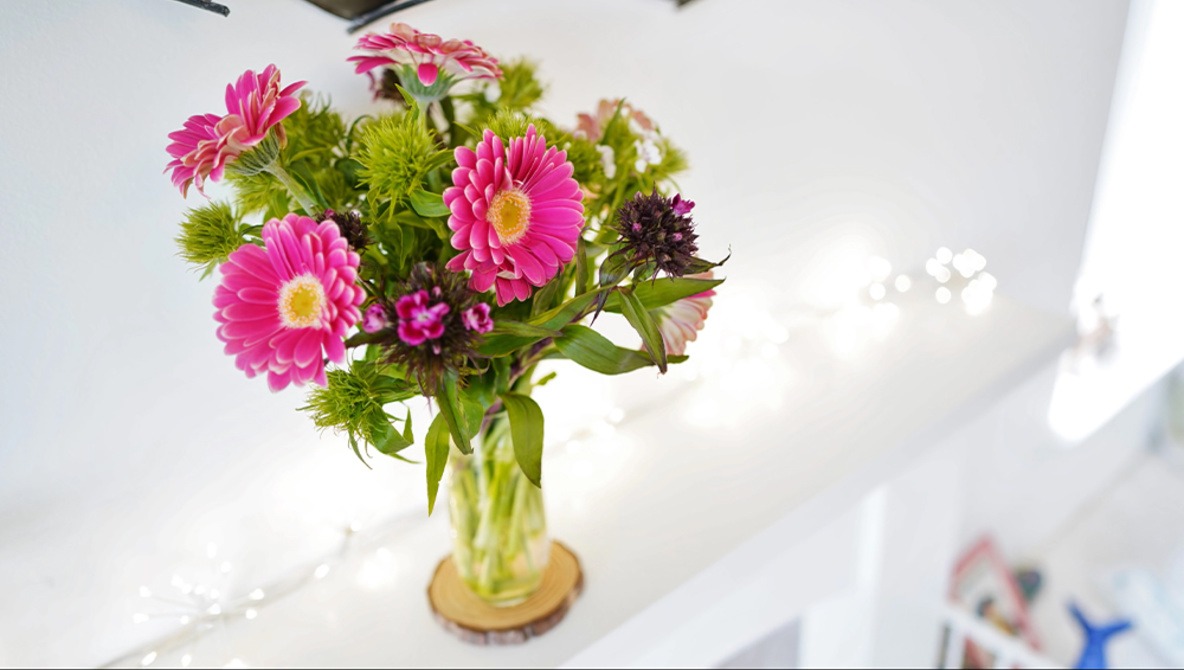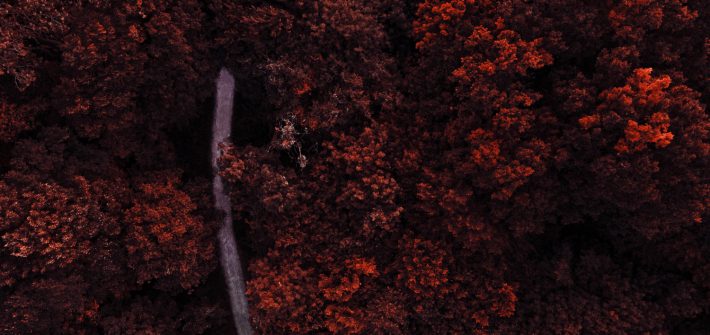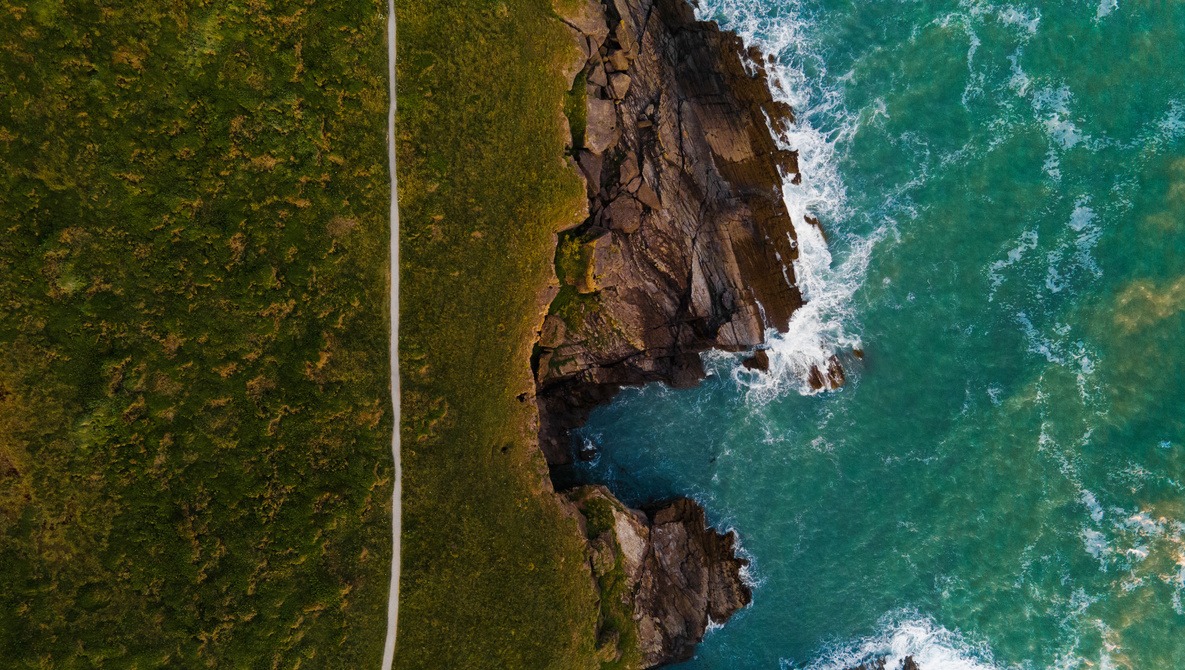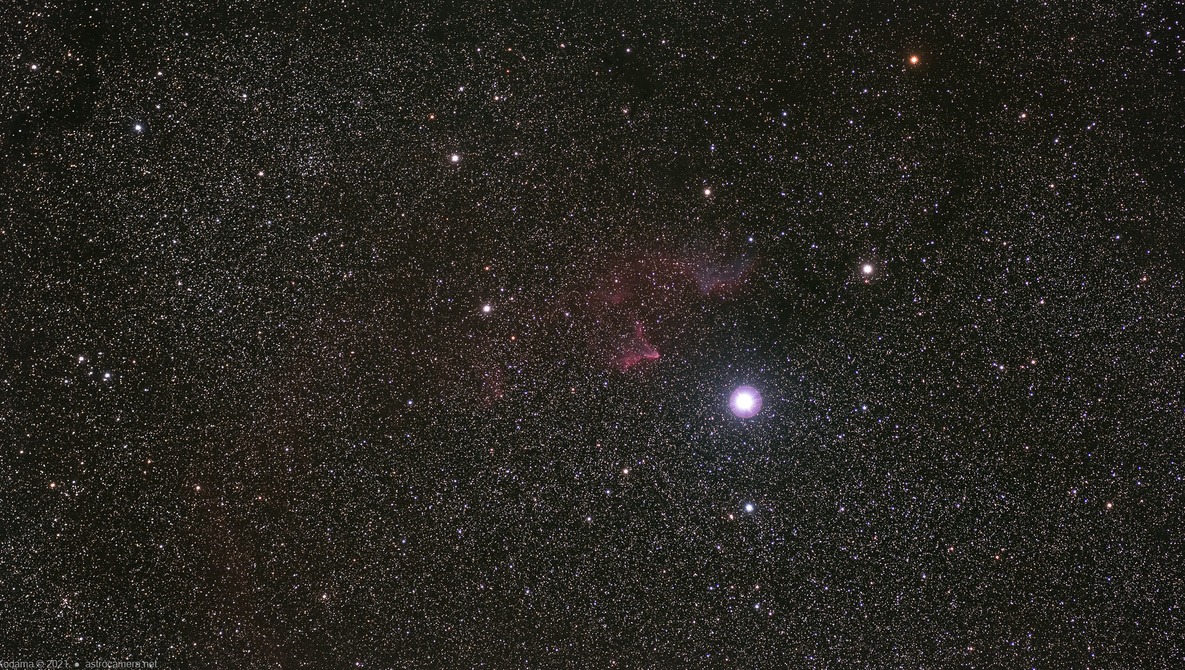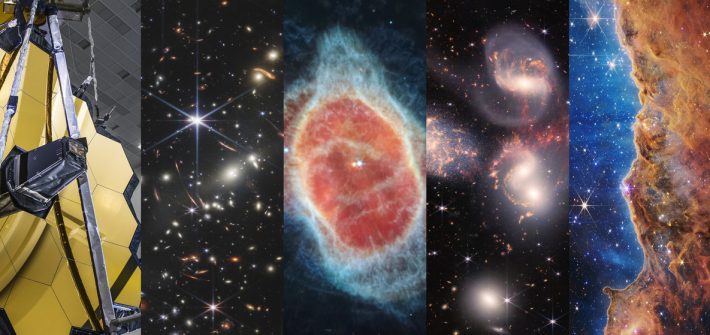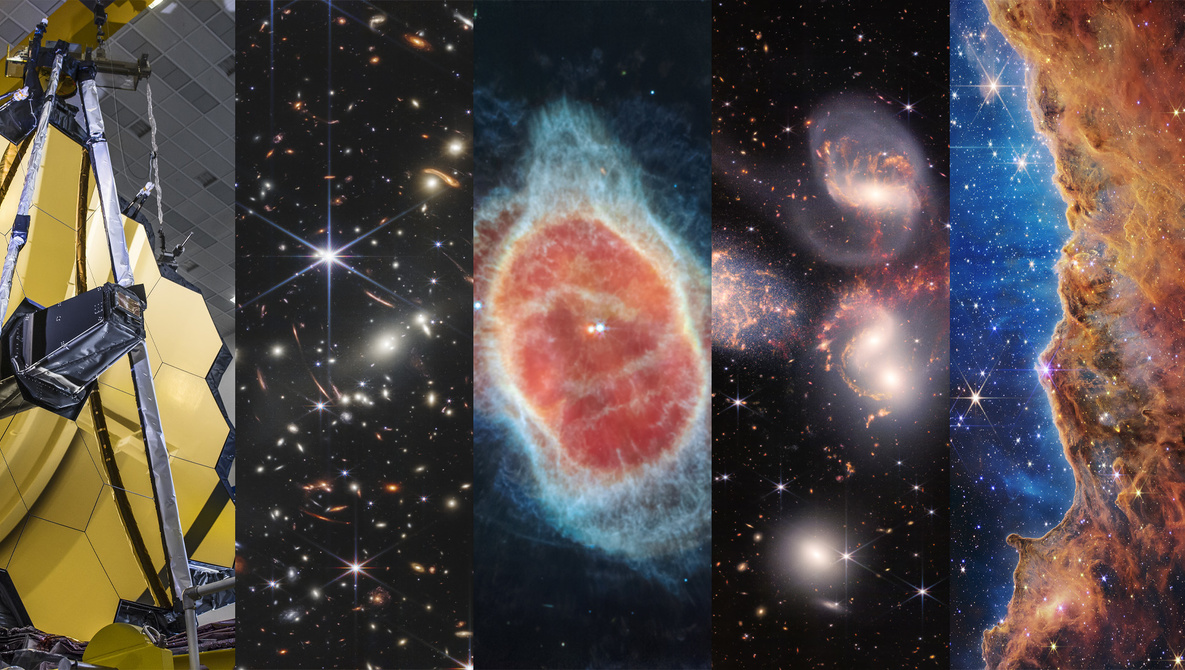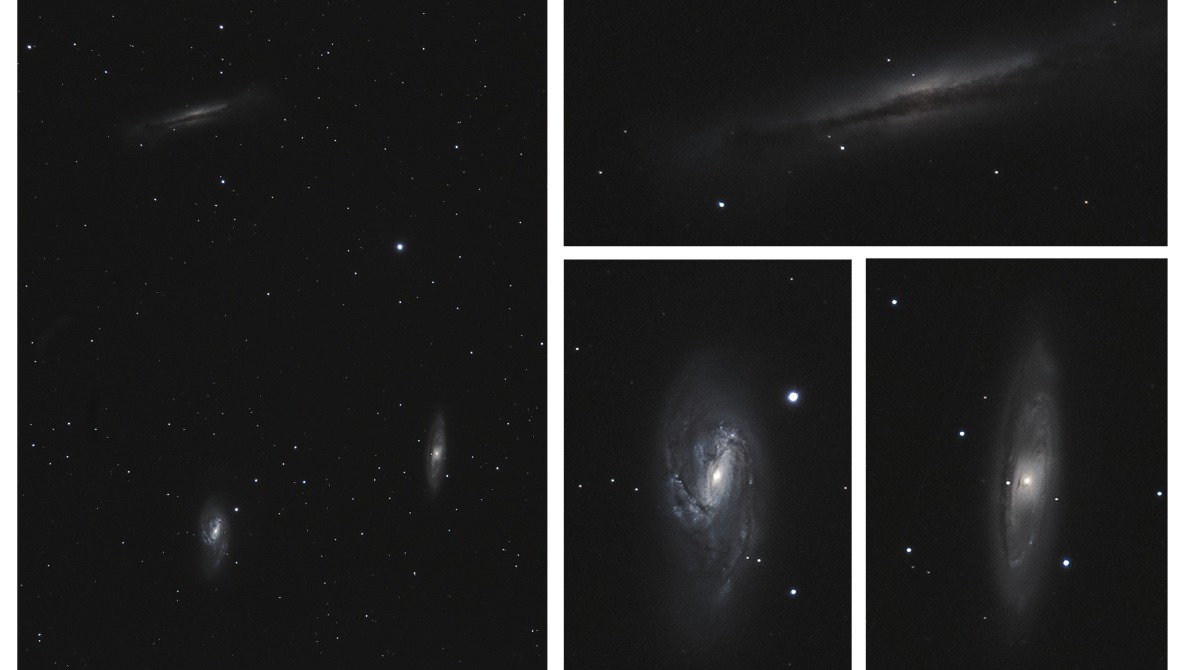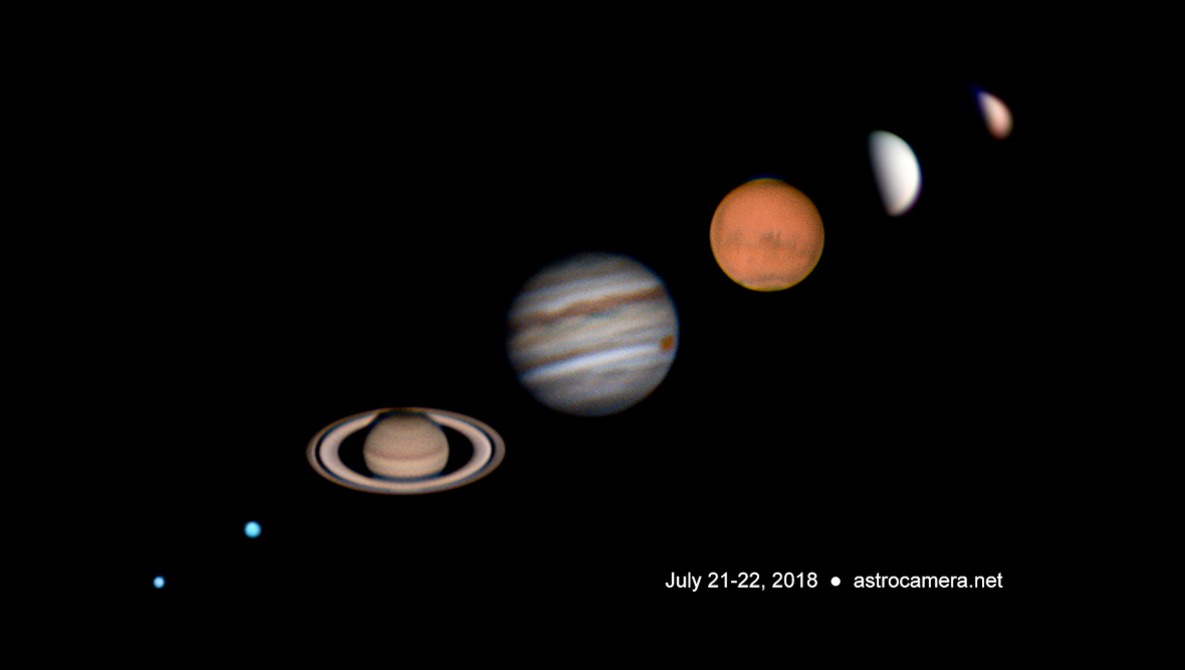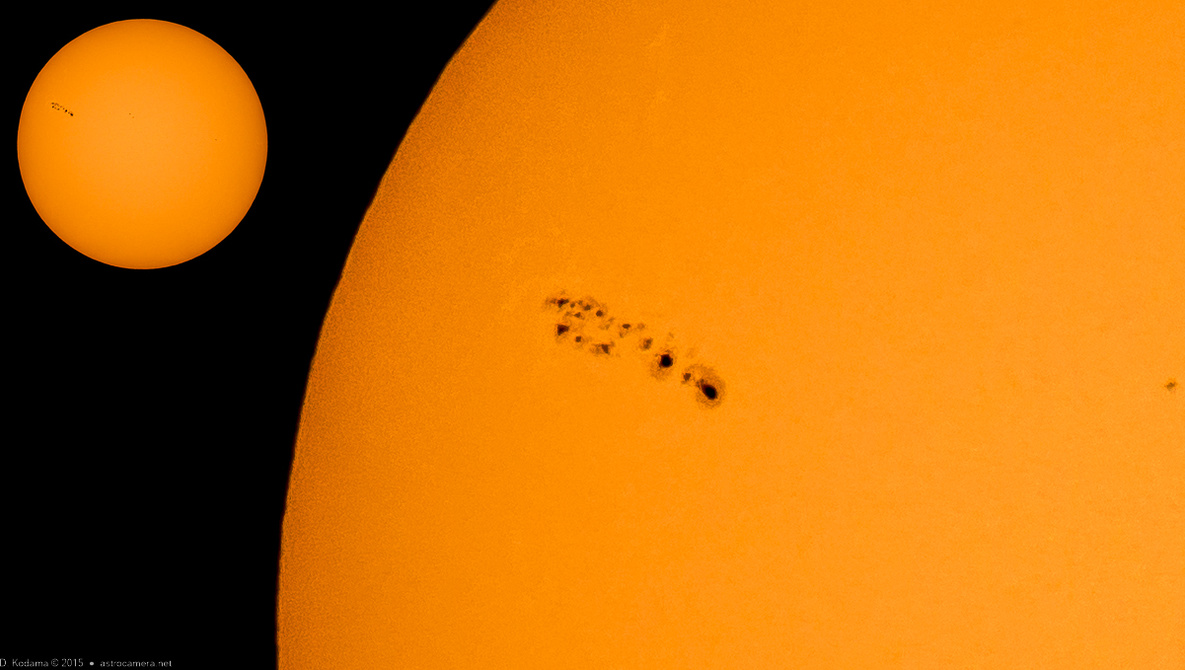With all the fanfare this past year over the latest developments in camera technology, it’s easy to get caught up in gear envy. And that’s completely natural. But what if there’s a better camera out there that most of us have forgotten about?
Astrophotography
How To Take Stunning Night Photos
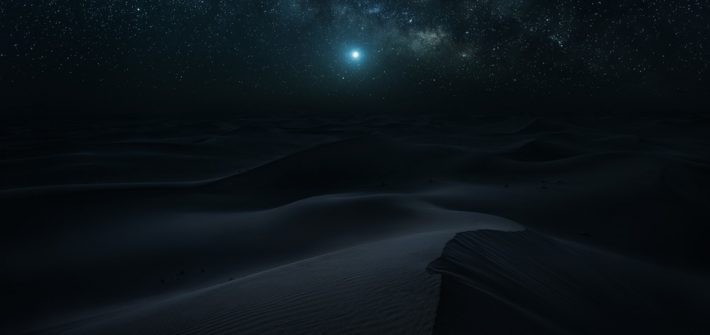
Night photography can be technically daunting. Even with modern cameras, it’s not easy to capture high-quality night photos. While photographing the stars already requires high ISOs combined with wide apertures, capturing details in the landscape is even more difficult in the dark. In this article, I walk you through my night photography workflow, which combines image averaging with time blending and focus stacking to achieve high-quality results.
A Review of the Samyang AF 24mm f/1.8 FE Lens

A wide-aperture 24mm lens is one of the most useful primes you can carry in your bag, offering a wide but not too wide focal length that can work in a variety of scenarios. The Samyang AF 24mm f/1.8 FE offers great image quality at an affordable price, and this great video review takes a look at the performance and image quality you can expect from it.
![]()
A Low-Cost Path to Astrophotography
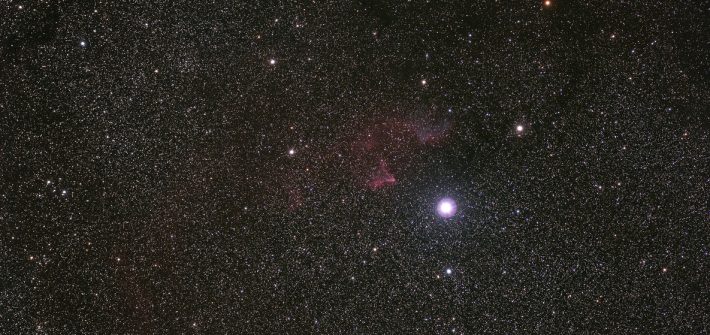
I’m occasionally asked to recommend a camera to get into astrophotography. Of course, my first answer is to use the camera and lenses you already have. Beyond that, it’s difficult to recommend a specific brand and model because I don’t have every camera at my disposal, and we are blessed (cursed?) with a continuous stream of new and improved cameras. Here are some thoughts.
How Astrophotographers Shoot (Very) Long Exposures
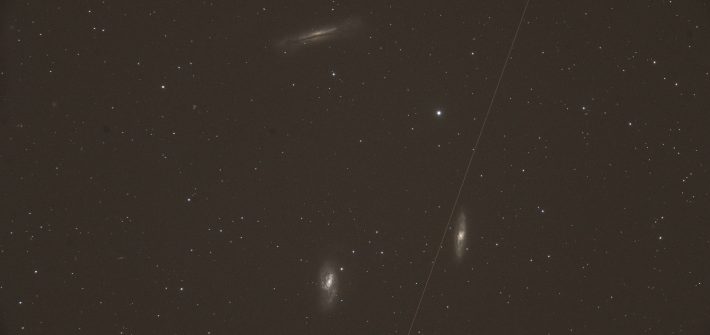
If you’ve viewed deep-sky astrophotos (not landscape astrophotos), you may have noticed that extremely long exposures (not counting mosaics) are used. In extreme cases, exposures may run over 12 hours. Unless you have a space telescope, it should be obvious that multiple exposures have been used.
![]()
A Beginner’s Guide to Planetary Astrophotography
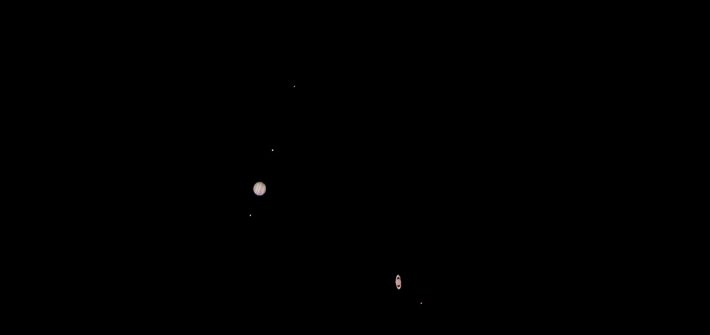
As we transition from summer to fall, two of the most photogenic planets, Jupiter and Saturn, have passed the point of closest approach (opposition) to the Earth for the year. Yet, they still make great targets for planetary astrophotography, especially since they are now high in the sky soon after sunset. As another bonus, photographing these planets does not require traveling to a dark sky site. This kind of astrophotography can be done from our backyards.
![]()
Fstoppers Reviews the Clear Night Filter: Enabling Astrophotography With a Drone?
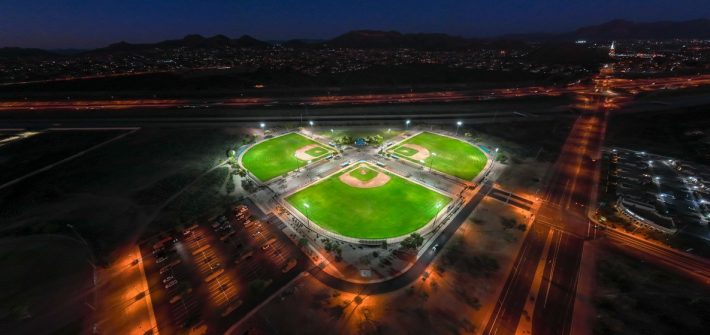
If you’re into astrophotography, a drone typically isn’t your camera of choice. That’s why I was surprised to see Haida’s release of a light-pollution reducing filter for the new Mavic 3, which they’re calling the NanoPro Clear-Night Filter. Does this filter change the experience of shooting with a drone at night?
How to Safely Photograph the Sun
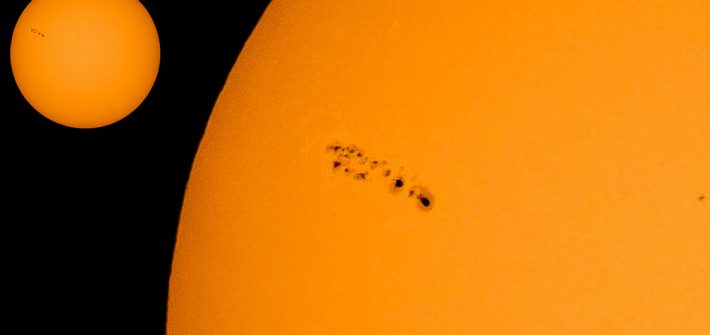
With long days and shorter nights, summer is a good time to consider getting into solar astrophotography. The Sun is also heading toward the active phase of its 11-year sunspot cycle and promises to make the Sun more interesting than the featureless cueball look of the sunspot cycle minimum. Solar astronomers use the count of visible sunspots as a measure of the solar activity, and sunspot cycle #25, as counted by astronomers, looks like it will be peaking sometime around 2024.
